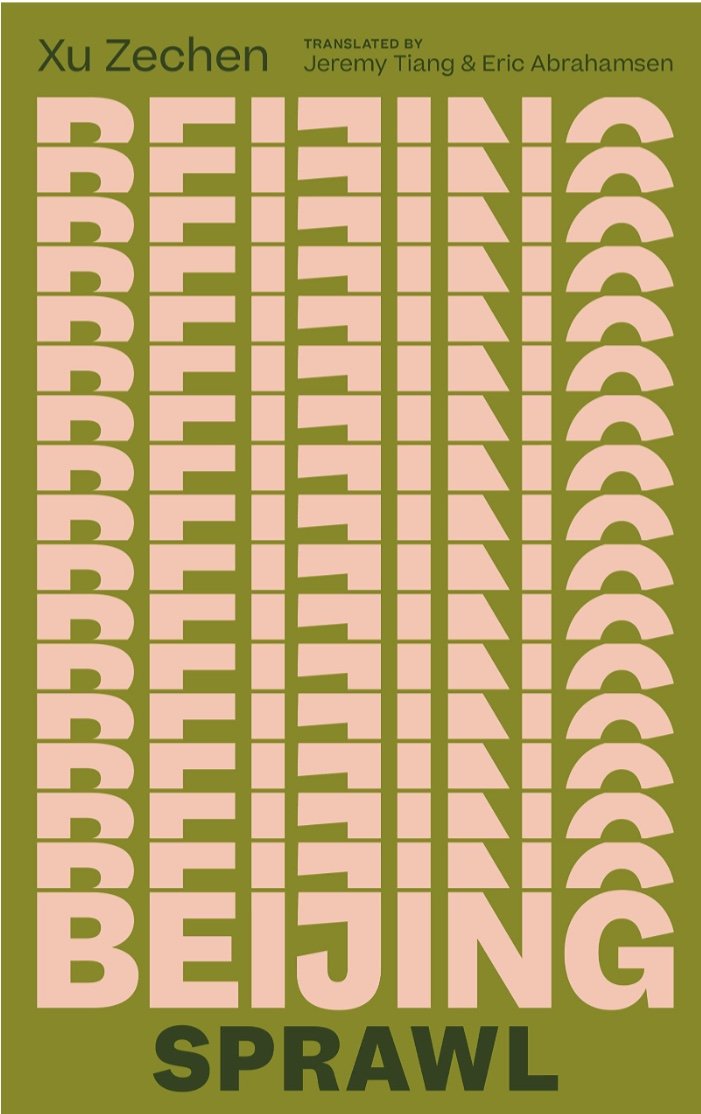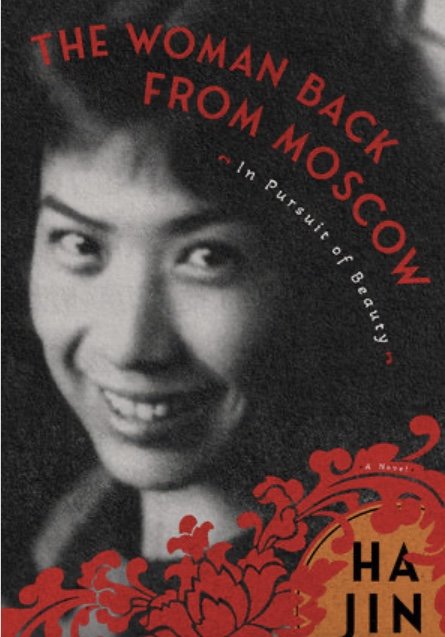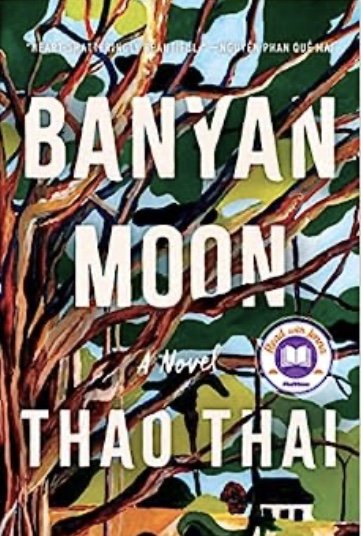The Storm We Made by Vanessa Chan (Simon & Schuster)
Cecily Alcantara knows precisely what the blessings of colonization are. In British-ruled Malaya she chafes under them every day. She’s Eurasian, “nearly white, like them,” her mother often told Cecily when she was growing up. Cecily knows better. She comes in contact with “them” frequently and none of “them” see her as nearly white.
Married to Gordon Alcantara, a Malay bureaucrat who has a low-ranking position with the local British administrator, Cecily frequently and reluctantly accompanies her husband to government social functions where she’s snubbed by Englishwomen. She’s an easy target for a Japanese spy who has come to their town under the guise of a Hong Kong businessman.
Bingley Tan is actually Shigeru Fujiwara, a man who will eventually become a general in the Japanese Army, the Tiger of Malaya. He insinuates himself into Cecily’s household by befriending Gordon, visiting his house, plying him with whisky, and helping Cecily put her husband to bed after Gordon passes out.
Quickly discovering Cecily’s resentment of the British overlords, Fujiwara lures her with thoughts of Malaya governed by Malays after the colonial powers are vanquished by the Japanese Imperial Army. Japan, he tells her, will bring this about but for this to happen he needs the help of patriots like herself.
And help is what Cecily provides. Her life shimmers with new excitement as she purloins official papers from her husband’s study, eavesdrops on conversations he has with his superiors, has clandestine meetings with Fujiwara, and tucks information in secret hiding places for her spymaster to recover later.
When the Japanese Army invades Malaya and routs the British troops who had expected them to launch a naval attack, not a march overland from Thailand, Cecily is overjoyed. But then matters go badly awry. The occupying Japanese aren’t eager to relinquish Malaya to the Malays. Instead they exert a brutal form of control that becomes terrorism.
Families hide their young daughters when Japanese soldiers enter their homes. Then the young boys begin to disappear. One of them is Cecily’s son. What she first thought was an act of heroism performed for the good of her country Cecily now realizes was a betrayal that demands her children as sacrifices.
Little is known in the West about the effects of the Japanese occupation of Southeast Asia and much of the known history focuses on the plight of British prisoners of war. Vanessa Chan turns a bright lens upon the Asian prisoners who were slave laborers, forced to build the Burma Railway that was immortalized by the movie, The Bridge on the River Kwai. She vividly and terribly reveals the conditions of the “comfort stations,” put into place so Japanese soldiers wouldn’t reenact the rapes that took place in Nanjing, a collection of shacks where the “comforters” were barely out of childhood. She reveals what it was like to live under a military occupation, in a state of constant fear and hunger.
Chan grew up in Malaysia with grandparents who had lived through the years between 1941-1945. “In Malaysia,” she says, “our grandparents love us by not speaking,” specifically not speaking about life under the Japanese Imperial Army. When Chan asked her grandmother, who had been a teenager in those days, what her life was like at that time, she received the reply “Normal. Same as anyone.”
Slowly Chan’s questions received answers, fragmented details of her grandmother’s life during World War II. From these fragments, Chan began to construct her novel, one that is emotionally difficult to read but is so skillfully told that it’s impossible to set aside. The Storm We Made is her first novel. Let’s hope that it won’t be her last.~Janet Brown



















